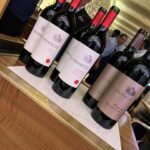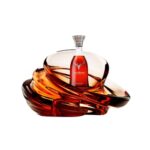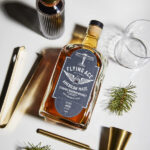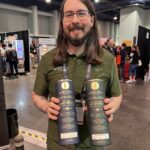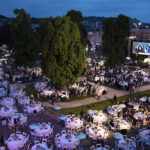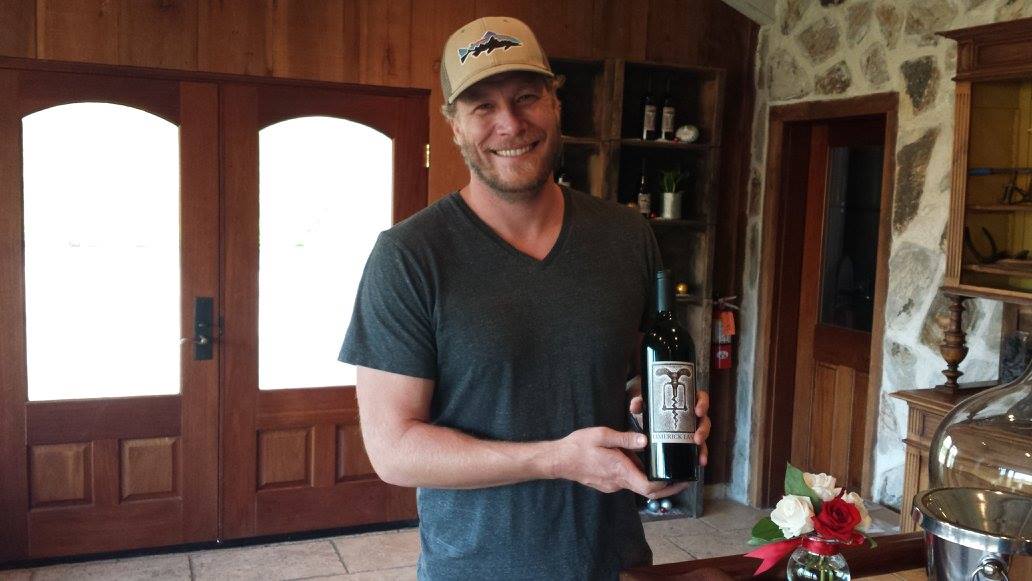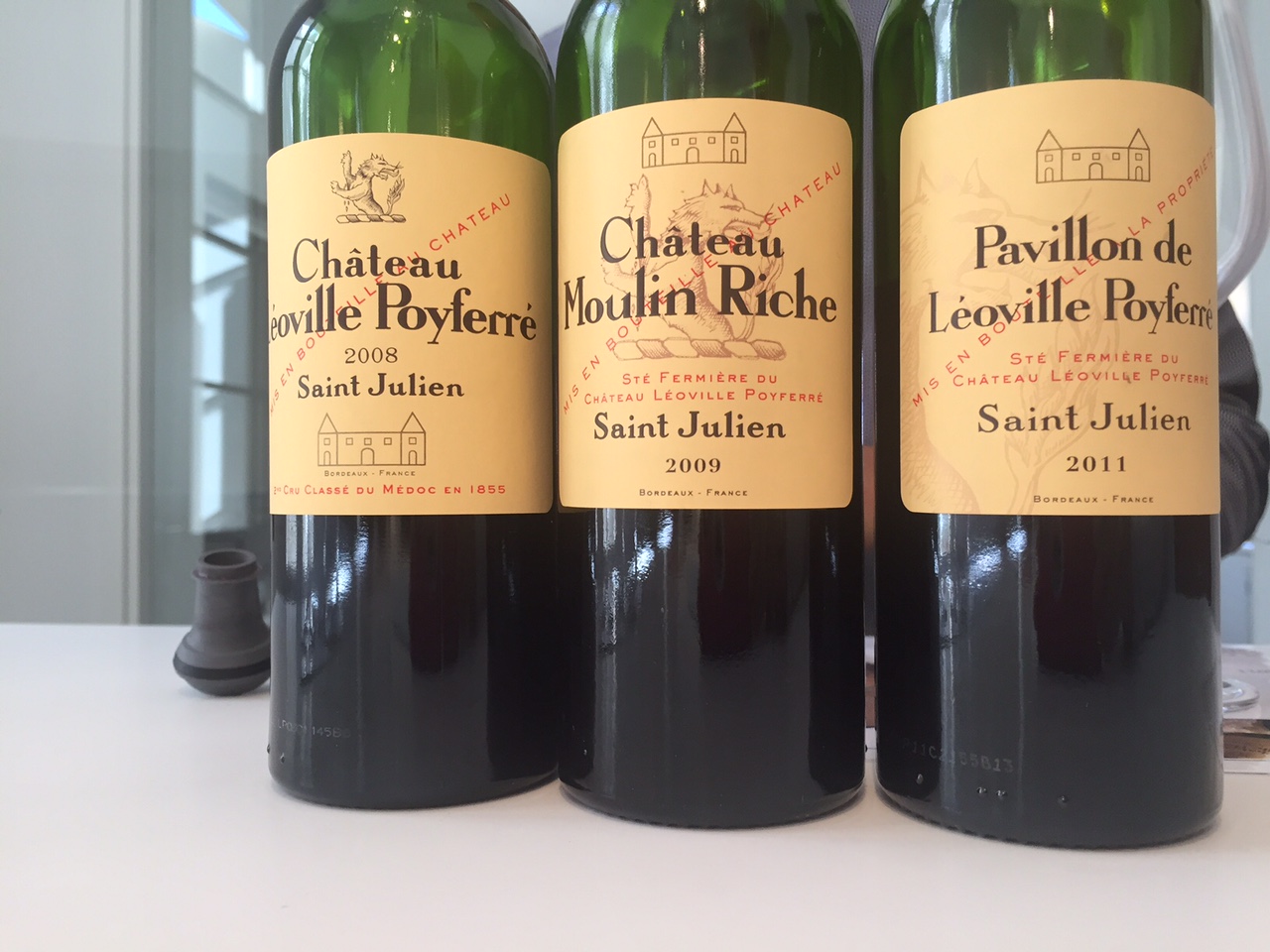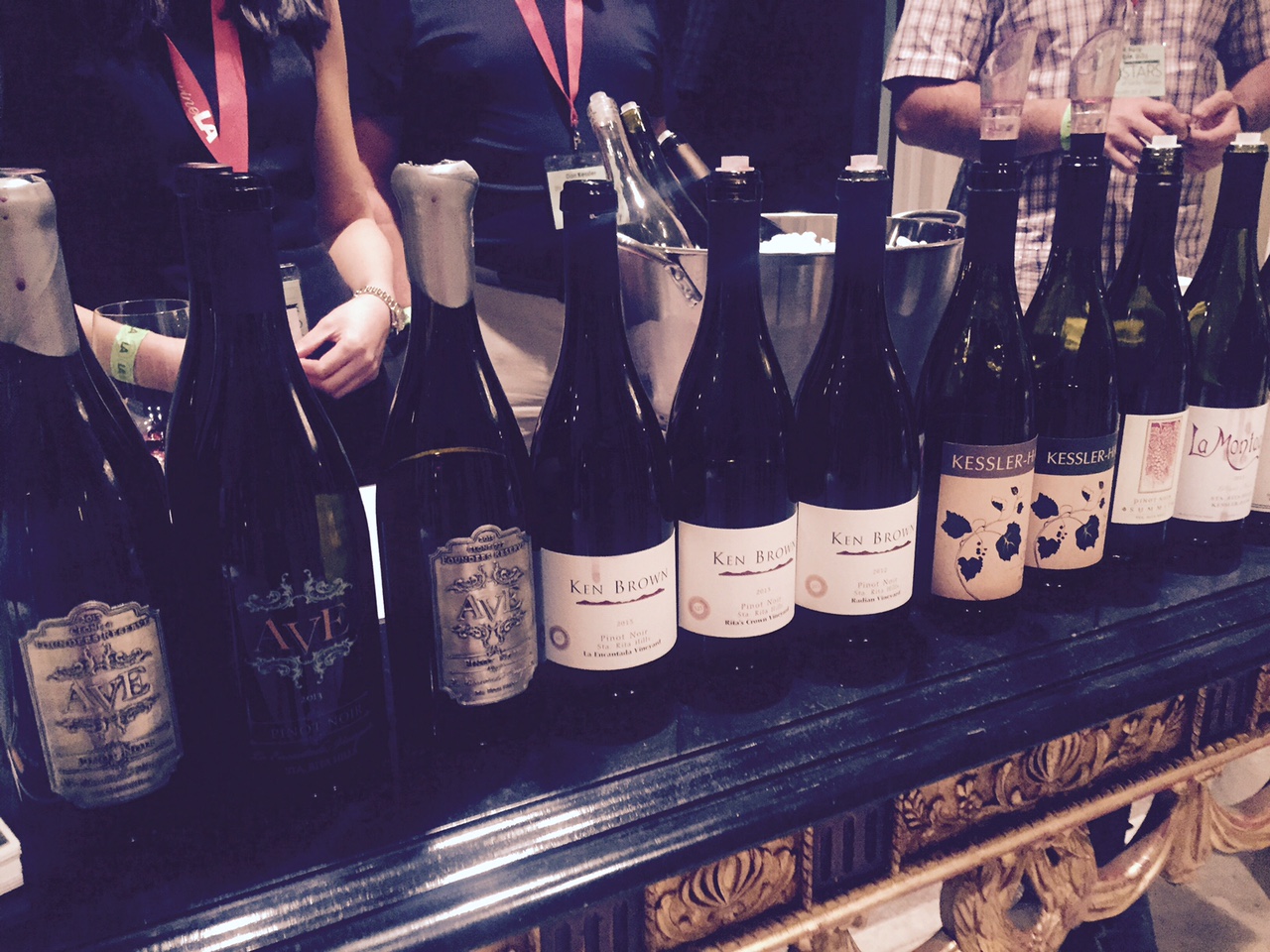
Vintage Eve Circa Feb 2016: Wow, the 13th Annual Stars of Santa Barbara, by WineLA.com
Ian Blackburn of WineLA (formerly Learn About Wine) has done it again – rallied a stellar list of wineries to offer samples of their latest vintages at this year’s Stars of Santa Barbara event, once again held at the prestigious Peninsula Beverly Hills Hotel. (Watch the event in a slide show here.) STARS also included…
